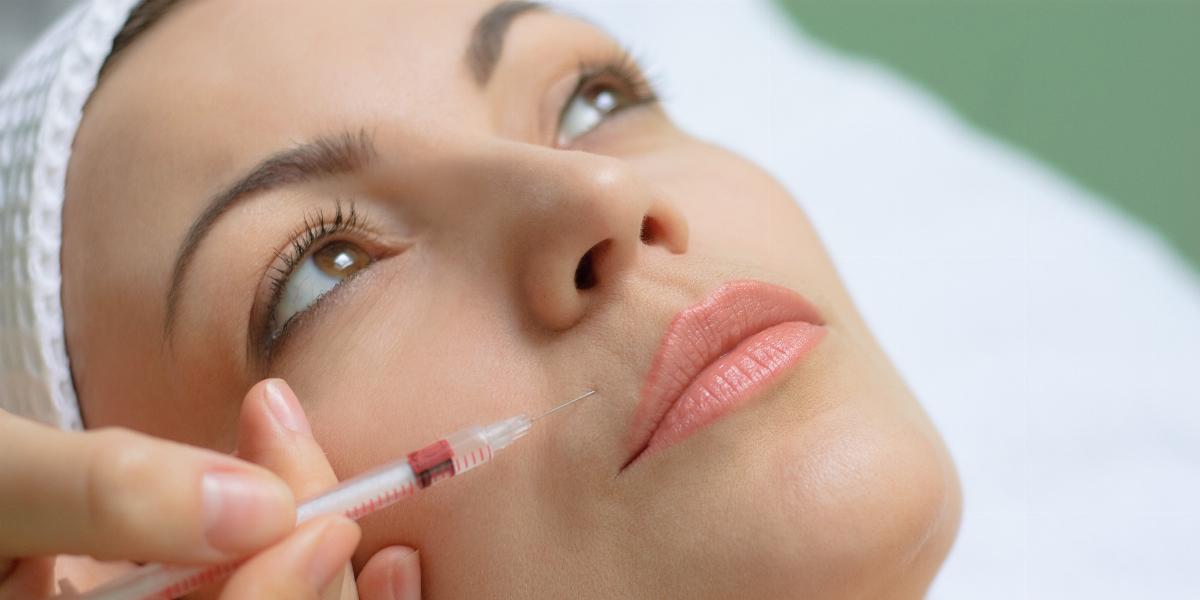Explore the Advantages of Botox

Botox is by far the most minimally invasive cosmetic procedure in the world. According to the America Society of Plastic Surgeons, 7.23 million Botox procedures were performed in 2018. Both men and women benefit from Botox to soften the look of wrinkles, folds and fine lines. Botox is available and the dermatologist or aesthetician injects it into the areas to be treated with a fine needle after the patient receives a topical numbing agent. Though it is administered mostly in the face, Botox can also be used in the neck and even the hands. A Botox session lasts about a half an hour and is an outpatient procedure, which means it is done in the dermatologist’s office and the patient goes home or even back to work or school soon after.
What is Botox?
The astonishing thing about Botox is that it is made of one of the deadliest toxins known. This is the toxin, secreted by the Clostridium bacteria, that is responsible for botulism. The toxin works by interfering with the action of acetylcholine, a neurotransmitter. When acetylcholine is suppressed, the muscles it helps to control are paralyzed, including muscles used for breathing and swallowing. Eventually, plastic surgeons learned that the toxin could be used to paralyze the muscles that lie beneath wrinkles. When these muscles go lax, the skin above them smooths out. The toxin that is used for Botox is very diluted in a saline solution and purified. This makes it much safer to use.
Using Botox for Wrinkles
Botox was approved by the FDA for treating wrinkles in the forehead and at the corners of the mouth, but it can also be used for other wrinkles in the face and neck. The patient sits comfortably in a treatment chair during the session, and the doctor marks the places to be treated before injecting the Botox. During the procedure, they’ll ask the patient to make facial expressions to help them find the best muscle to inject. It will take about one to three days for the patient to see the effects of the Botox injections, though in some patients the wait can be as long as five days. The improvements can last from six months to a year depending on the type of Botox that is used, and the patient can have touch-up, or maintenance treatments. It is not unusual for a wrinkle to never be quite as deep as it was after a Botox treatment, even if the patient doesn’t have a touch-up. Doctors believe that this is because the toxin teaches the muscle to remain somewhat relaxed.
Botox for Bladder Problems
Before Botox was used for cosmetic reasons, it was used to treat medical conditions. This includes bladder problems such as overactive bladder. As with cosmetic applications, the toxin interferes with acetylcholine and eases the contractions of the bladder muscle. Unlike the cosmetic procedure, Botox for bladder problems needs to be done in the operating room. The doctor uses a catheter to flush the patient’s bladder with anesthesia. Then, they insert a scope into the urethra then insert a needle into the scope. The Botox is delivered through the needle. The doctor needs to inject the bladder in several places to make sure that the entire muscle is treated. The patient usually sees improvement in one to two weeks, and the improvement can last as long as eight months. The procedure to treat patients whose bladders are damaged from conditions such as spinal cord injury is similar, but more Botox is used.
Potential Botox Side Effects
The side effects of Botox are rare. For a patient with bladder problems, some urine might be retained in their bladder, though a small amount isn’t a problem. In the case of cosmetic Botox, side effects can include:
- Redness, swelling and pain around the injection sites
- Headache
- General ill feeling
- Numbness
- Temporary weakness of muscles in the face or drooping eyelids. To prevent this, doctors warn their patients not to rub the injection sites and to keep their head upright for at least a few hours after the treatment.
- Weakness in the neck and trouble swallowing
- Symptoms that resemble the flu
- Double or blurry vision
- Dry mouth
- Tiredness
- Bleeding at the injection site
- Hives or rashes
- Wheezing


